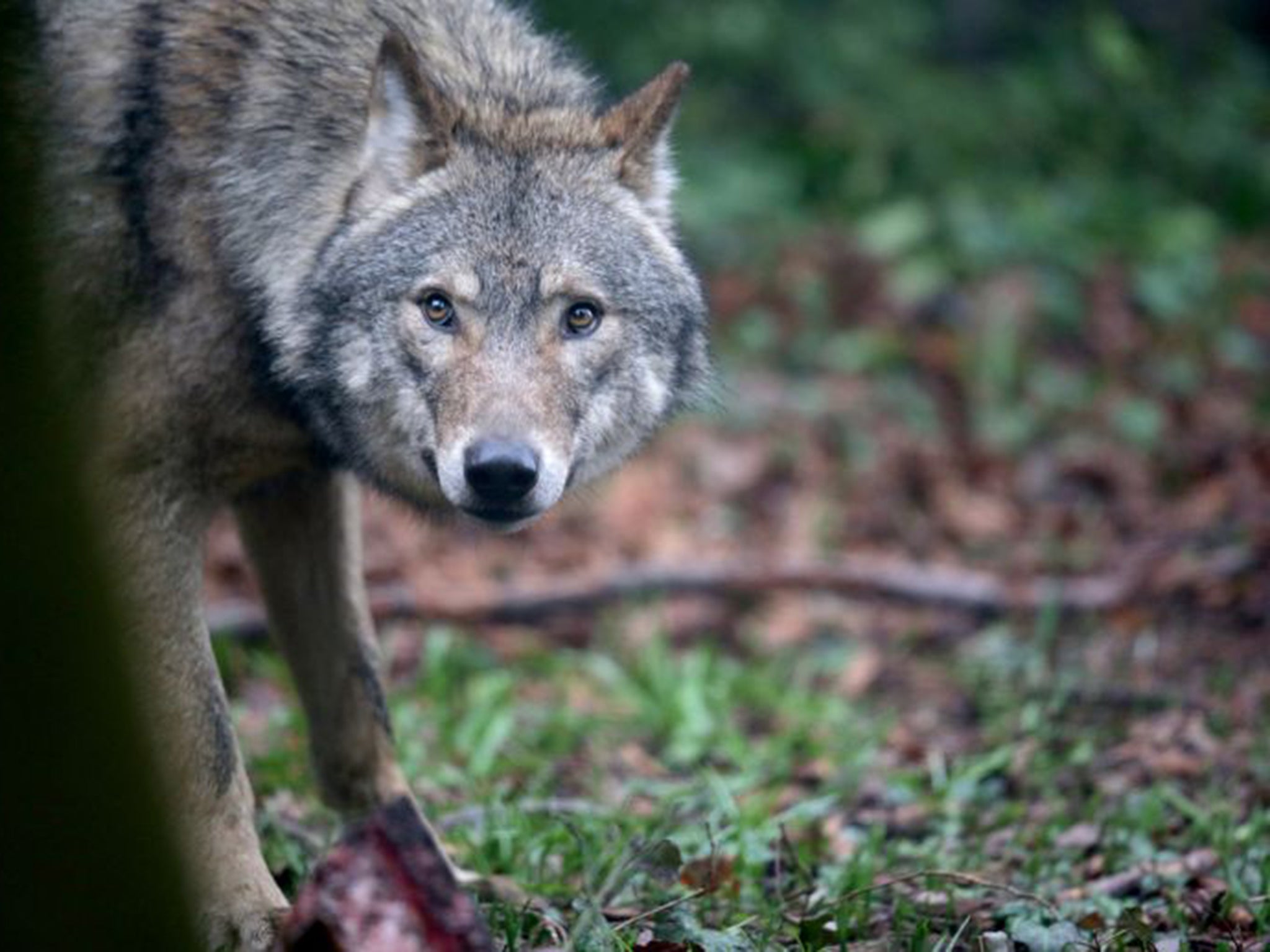France increases its wolf cull after disputed attack on 16-year-old boy

The lightning reconquest of France by the grey wolf (Canis lupus) in the past 20 years has provoked an endless war of words between farmers and environmental movements. Now, France is to boost its official cull of wolves after a surge in sheep deaths and an alleged – though disputed – attack on a 16-year-old boy.
One senior pro-wolf campaigner suggested that the surrounding of a farmers’ son in the French Alps last Saturday by a pack of wolves was a “hoax” carried out by anti-wolf militants.
Whatever the truth, the government is expected to announce this week that it will increase the cull of wolves in France in the next 12 months by 50 per cent – from 24 animals to 36. The agriculture and environment ministers are also expected to relax the rules which govern when farmers can shoot wolves. Environmental campaigners said such a decision would be “grotesque”. They claimed that the attack by a “wolf pack”, had been staged with dogs (without the boy’s knowledge) to bring renewed pressure on the government.
The alleged attack occurred in the village of Seyne-les-Alpes, 70 miles north of Nice, close to the scene of the Germanwings air disaster. Romain Ferrand, a farmer’s son, said that he was surrounded by a pack of nine wolves and four wolf cubs late at night when he went to check on his family’s cows. “The wolves arrived at an incredible speed,” he said. “At first I thought they were after the calves. Then I realised I was the prey.” Romain said he fired a shotgun into the air and the wolves fled.
“We are very astonished by this story which has a lot of inconsistencies,” said Jean-François Darmstaedter, secretary general of the wolf protection association, Ferus. “Wolf packs here are rarely bigger than six or seven animals. There are no cubs at this time of year. The boy also spoke of wolves wearing collars... it sounds like a hoax.”
The last “native” French wolf was shot in the Massif Central in the 1930s. A handful of Italian wolves, which recolonised the French Alps from 1993, are now estimated to have multiplied to about 300 animals in 40 packs, ranging as far west as the Auvergne and as far north as the Vosges.
The wolf is protected by European law. Under a French “wolf code” first established in 2004, the animals can be shot legally only by government marksmen or by licensed shepherds who prove that their flocks have been attacked twice in three years. The official cull, which runs from June to June , killed only 19 of the 24 permitted animals in the last year.
“The pressure for more action is enormous,” said Franck Dieny, president of the national federation of sheep farmers. “Around 9,000 ewes have been killed in the past year.” Experts say that wolves do occasionally attack humans, but much less than popular folk-lore suggests.
Join our commenting forum
Join thought-provoking conversations, follow other Independent readers and see their replies
0Comments